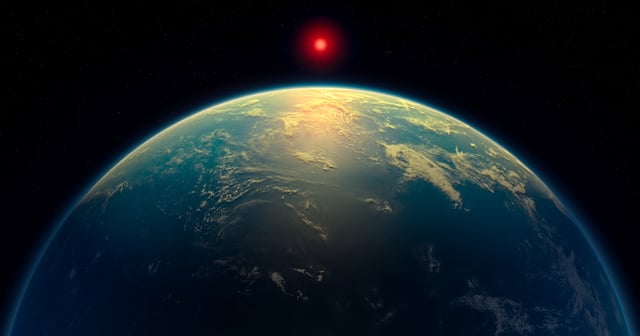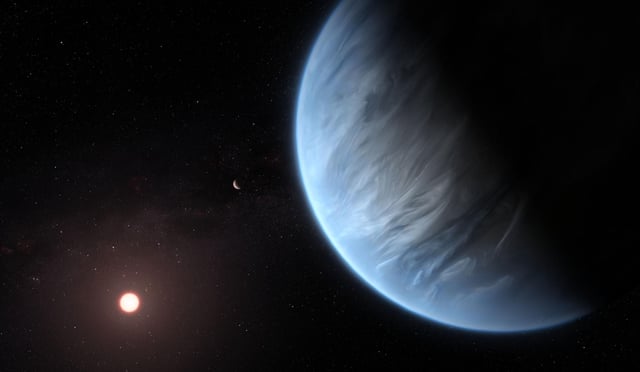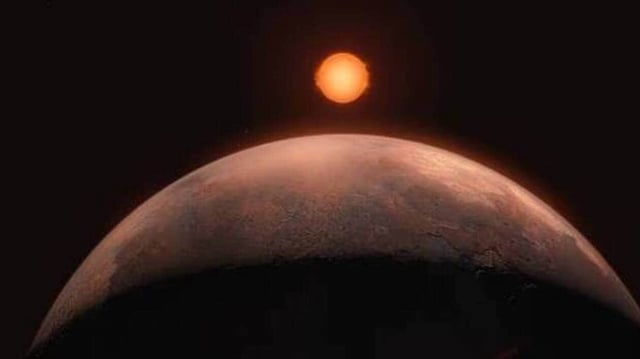Overview
- Researchers using the James Webb Space Telescope have identified dimethyl sulfide (DMS) and dimethyl disulfide (DMDS) in the atmosphere of K2-18b, compounds on Earth associated exclusively with biological processes.
- The detected signals remain below statistical significance thresholds, requiring an estimated 16–24 additional hours of telescope observation for confirmation or refutation.
- K2-18b, located 124 light-years away in the constellation Leo, is classified as a 'hycean' planet, with a hydrogen-rich atmosphere and potential oceanic conditions.
- Scientists are divided over the habitability of K2-18b due to its extreme size, mass, and proximity to its star, raising concerns about its temperature and environmental conditions.
- The findings, published in *The Astrophysical Journal Letters*, represent the most promising biosignature detection to date, but alternative nonbiological origins for the compounds remain possible.


